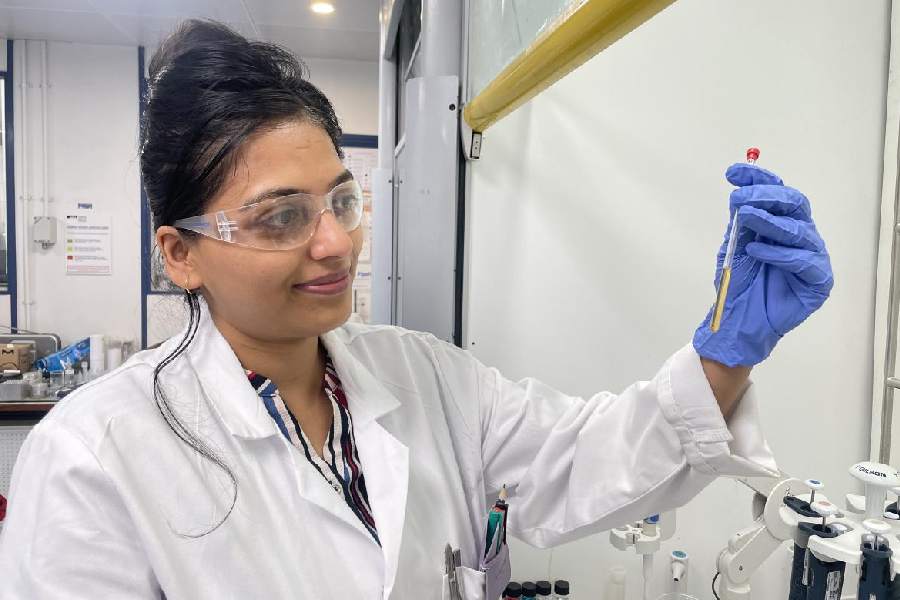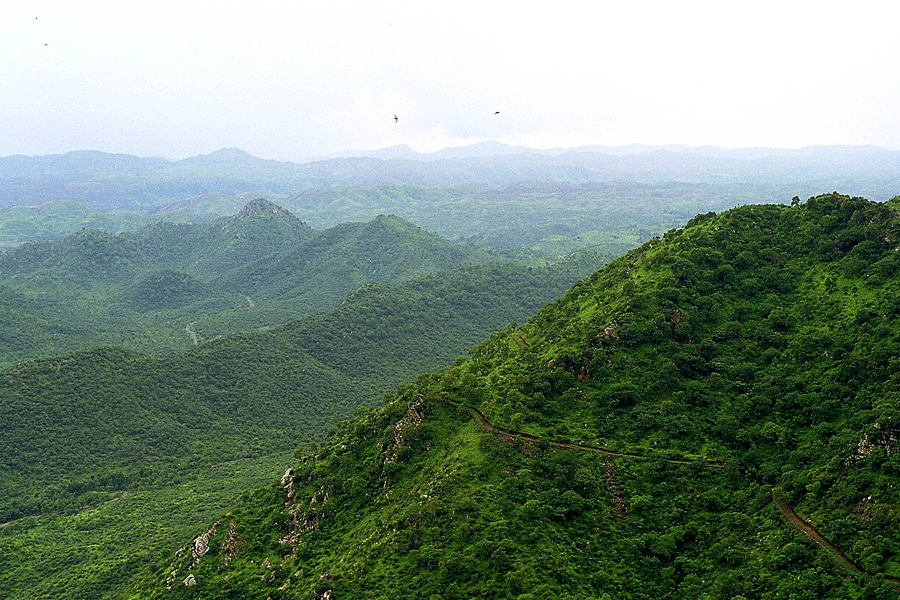An Indian scientist at the University College London has fused two fundamental building blocks of life, ribonucleic acid (RNA) and amino acids, in laboratory experiments that have advanced the decades-old quest for life's origins on Earth.
The experiments, led by postdoctoral researcher Jyoti Singh with UCL collaborators, have chemically linked activated amino acids to RNA under watery conditions resembling Earth nearly 4 billion years ago, a feat that has eluded scientists since the 1970s.
“We’ve shown a plausible pathway to resolve the classical chicken-or-egg problem in biology that has stymied the field for decades,” Singh told The Telegraph. Her findings, to be published in the journal Nature on Thursday, help fill a critical missing step — showing how amino acids and RNA molecules could have begun to cooperate at the very beginnings of life when other protein molecules were not around.
Biologists have known for decades that proteins are needed to make RNA, but RNA is also needed to make proteins. In all known life forms, molecules called enzymes — which are themselves proteins — help translate genetic information coded in the RNA to make the proteins.
It has been a puzzle how the first proteins emerged on early Earth, devoid of enzymes.
"We've found that certain activated amino acids called thioesters can directly connect to RNA under conditions similar to those on early Earth without the need for enzymes —this essentially bypasses the need for enzymes and solves the chicken-or-egg riddle,” Singh said.
Singh's experiments show that the RNA's natural double-helix structure guides the amino acids to attach at exactly the right spot, the end of the RNA molecule, where they need to be for protein production. “This tells us how the first proteins may have emerged from RNA,” Singh said.
Scientists have been exploring how life could have emerged from chemistry since the pioneering experiments by Stanley Miller in the 1950s that showed that amino acids could form spontaneously from simple gases and electrical discharge.
Studies in subsequent decades have shown how other building blocks such as sugars, lipids, and nucleotides could also emerge from chemistry. Many believe life was preceded by an RNA world in which RNA molecules both stored genetic information and catalysed chemical reactions, before DNA and proteins became central to biology.
"Life hinges on the synthesis of proteins — they’re life’s key functional molecules,” said Matthew Powner, a professor of organic chemistry at UCL who supervised the study. "Understanding the origin of protein synthesis is fundamental to understanding the origin of life. Our study is a step towards this goal, showing how RNA might have first begun to control protein synthesis."
The UCL experiments show how amino acids can fuse to RNA through what Powner has described as “spontaneous, selective chemistry that could have occurred on the early Earth.”
While Singh and her colleagues worked entirely in the lab, the researchers speculate that the chemical reactions they have demonstrated could plausibly have taken place in small pools or lakes of water on the early Earth.
“The thioesters we studied may represent a missing link between the chemistry of life and the biological machinery that reads the genetic code to make proteins,” said Singh, who had studied at the University of Delhi’s Ramjas College before completing a PhD in Germany.
While pursuing her PhD at the University of Freiburg, Singh began to wonder how phosphate chemistry, central to life, originally emerged in water rather than in organic compounds that researchers use in the lab.
The UCL findings “greatly strengthen” the idea that simple molecules such as hydrogen cyanide and hydrogen sulfide may have sparked the chemistry that created life’s building blocks, wrote biologists Arup Dalal and Sheref Mansy who were not involved in the UCL study.











